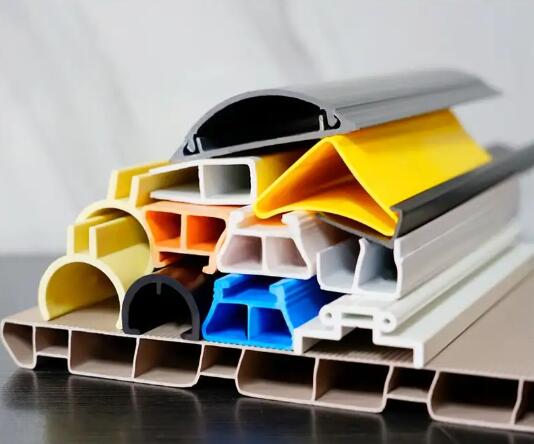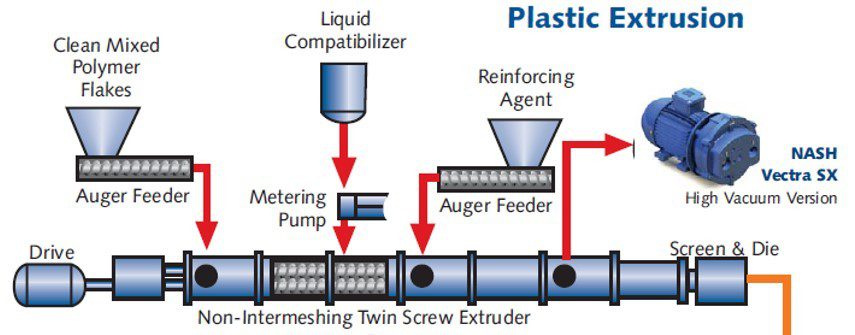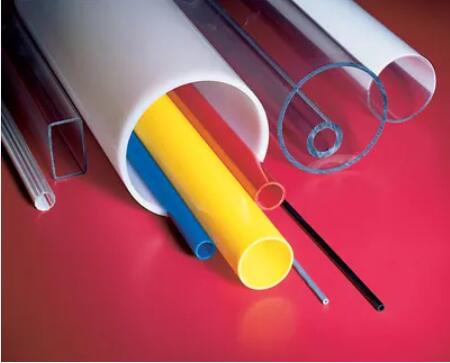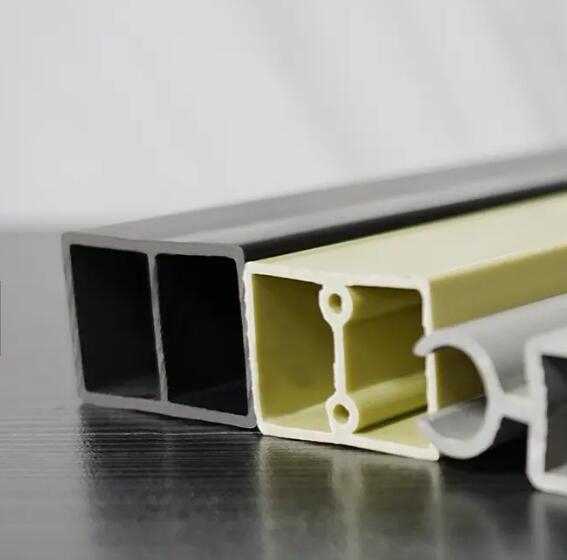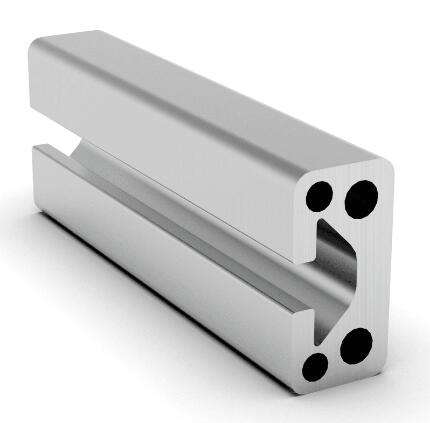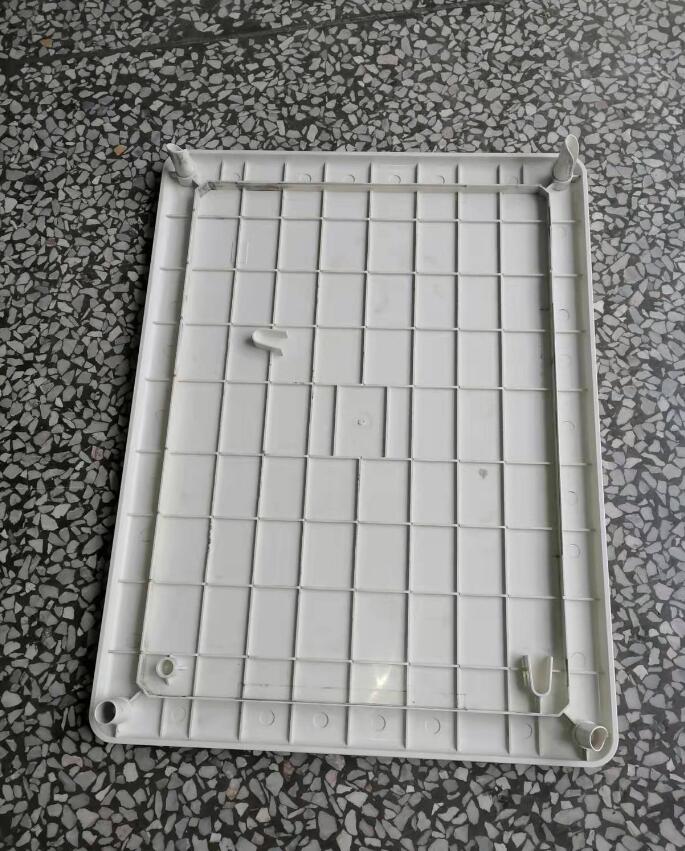Applications of Plastic Extrusion
Plastic extrusion has a wide range of applications, making it an indispensable process in various industries. Here are a few of the most common ones:
Packaging
In the packaging industry, plastic extrusion plays an essential role. It’s used in the creation of various packaging materials, including heat-shrinkable film, food-grade plastic wrap, and moisture-resistant plastic bags. These materials provide the necessary protection and extend the shelf life of numerous products.
Pipes and Tubing
The process is widely used in the production of plastic pipes and tubing. These pipes and tubes come in different sizes and are used in various applications, from small medical tubes to large diameter pipes used in irrigation and sewage systems.
Window Profiles
Extrusion is an important process in the production of window profiles. These extruded profiles are durable, easy to install, and can withstand various weather conditions, making them an excellent choice for construction and home improvement projects.
Wire and Cable Coating
Plastic extrusion is also extensively used for wire and cable coating. The extruded plastic provides electrical insulation and protection against environmental factors, enhancing the longevity and performance of wires and cables.
Seals and Gaskets
Seals and gaskets produced through the extrusion process are used in many industries, including automotive and construction. These seals are resistant to high temperatures and various chemicals, ensuring the secure functioning of different systems.
Filaments for 3D Printing
With the rise of 3D printing technology, plastic extrusion has found a new application. Filaments used in 3D printers are typically made through the plastic extrusion process.
Sheet and Film Production
Plastic sheets and films used in many industries, including agriculture, construction, and electronics, are typically made using plastic extrusion. These products can be customized to meet specific thickness and transparency requirements.
Synthetic Fibers
The textile industry utilizes plastic extrusion in the production of synthetic fibers. These fibers are then used in the creation of various fabrics and textiles.


